
After detailing my favorite application for 2012, I was asked what my top 10 Android applications are. Inevitably, since I use both Android and iOS in smartphone and tablet form, I was also asked about my top 10 iOS applications.
Just as creating a list of my top 10 Android applications was difficult, so is narrowing down all my favorite iOS apps to only 10. But after rearranging and flip-flopping several applications back and forth, I finally nailed down my top 10 iOS apps, which you can find below.

As I have explained before, I rely on Google Talk to keep in close contact with colleagues and co-workers, which is vital since we all work remotely and rarely (if ever) see each other. I am constantly signed into Google Talk and chatting away.
Unfortunately, there is no Google-made Talk client on iOS. I've been through dozens of clients, such as imo messenger and BeejiveIM for GTalk, but nothing ever worked as smoothly as it should. Eventually, I purchased Verbs on a recommendation from David Beren and I haven't looked back.
There is little I would change about Verbs, other than the fact that it eventually closes after a time of inactivity and you will stop receiving notifications. Bummer.

As I explained a few days ago, Google search everything. Immediately. If I don't have the answer to a question off the top of my head, I will in a matter of seconds – or however long it takes me to read the answer.
This is why the Google Search app is so helpful. Sure, Siri works … most of the time. But Google Search allows me to search by way of picture and lets me open my search results directly into Chrome without having to first go to Safari.
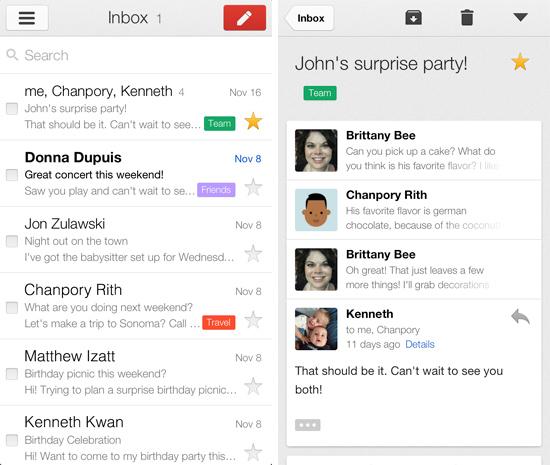
Another Google-made application in my top 10 iOS applications is one that was given a major update this month, Gmail. The Gmail application has been around for quite some time now, but only recently did it become of use to me with the addition of multiple account support and a greatly improved interface.
It isn't perfect. Despite receiving a notification, the inbox will not show new messages unless the user pulls to refresh. And switching accounts could definitely be made easier or quicker. But the Gmail application is a joy to use after using the Mail.app for over nearly two years.
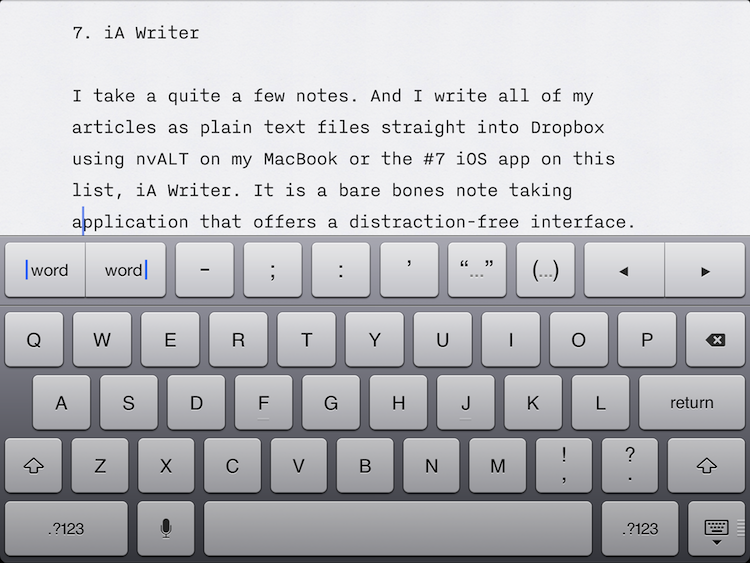
I take a ton of notes. And I write all of my articles as plain text files straight into Dropbox using nvALT on my MacBook or the #7 iOS app on this list, iA Writer. It is a bare bones note taking application that offers a distraction-free interface. The entire interface disappears when you start typing, which makes it extremely for me to center my tunnel vision on the iPad or iPhone display and tap away.
When I need to cut all distractions and focus to knock an article out, I reach for my iPad and fire up iA Writer.
As a major plus, being synchronized with Dropbox makes it extremely to search keywords in every article I've written in the last nine months or so without having to navigate the PhoneDog website or Google. I can quickly look up an article or note based on a word or sentence I remember in an instant.
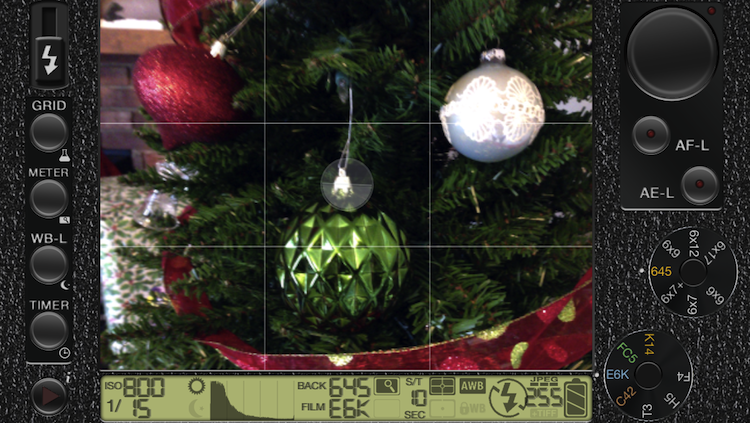
Last week, I offered a few tips on how to take better pictures with your smartphone. Many of those tips can be followed using the stock Camera app on your iPhone or … iPad (shudder). And for most the things the stock Camera app can't handle, Camera+ can.
In fact, I was conflicted about not including Camera+ in this list, so I had to make an exception and place two applications in the #6 spot as a tie. With Camera+, among many other things, exposure and focus can be set separately, which gives the user notably more control over the outcome of the picture.
But Camera+ falls apart in low-light situations. This is where 645 PRO comes into play and why there is a tie for sixth place. 645 PRO lacks the ease of use and post-processing features of Camera+. But 645 PRO allows the user to switch on a night more, which opens the shutter for a split-second longer to capture more light. Given a steady hand, the results can be quite impressive.
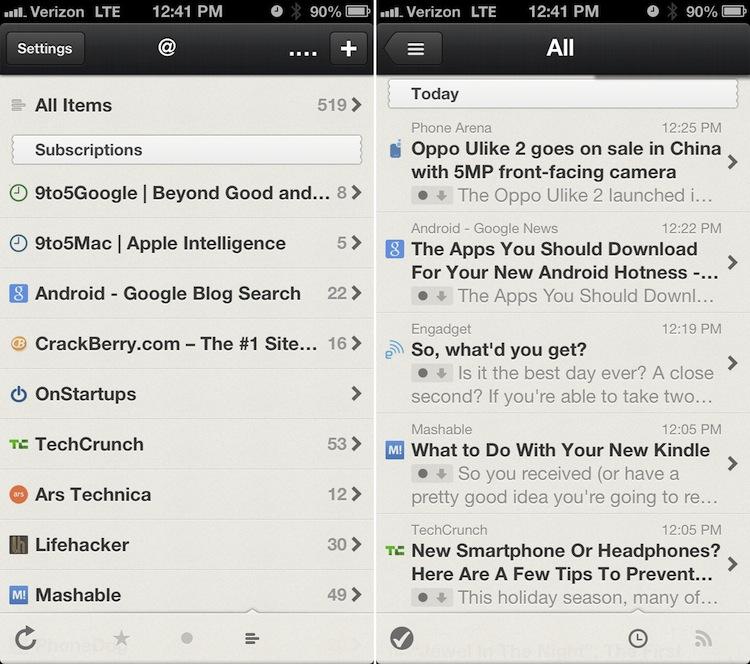
I read a lot of RSS feeds, all the time. Day in and day out. After all, it's a major part of my job to stay current on all the mobile happenings. Thus, Google Reader is a very important service to me. Like with Google Talk, I went through dozens of alternatives, since there is no Google-made Reader app.
Ultimately, I settled with a single app that is both eloquently put together and superior to just about anything out there. What could be so impressive about your run-of-the-mill RSS reader? One word: interoperability. From within Reeder, I can send to Pocket, Evernote, Twitter, Safari, email, Facebook, iMessage/SMS, Instapaper and several more services. This – particularly the ability to save to Pocket – is the determining factor in why Reeder is my go-to RSS reader on iOS.
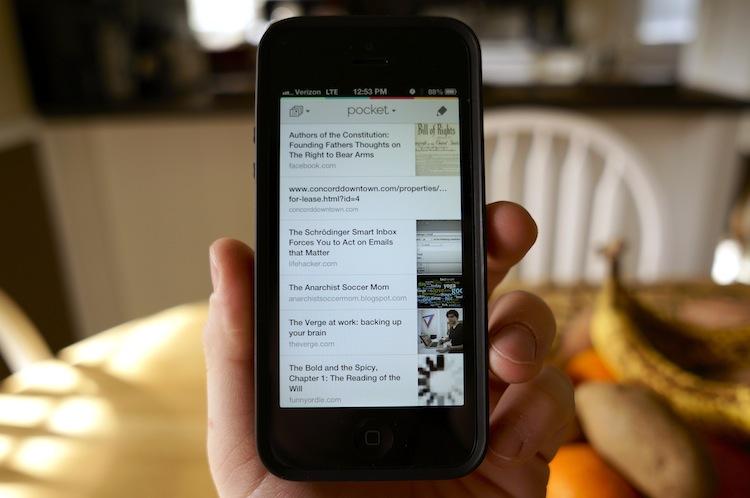
Pocket is an incredibly important tool in my workflow. I find something interesting in Reeder or somewhere in the vast interwebs and instead of saving a bookmark, I send straight to Pocket. It remains there, saved for offline, until I am ready to mark it as read or delete it.
I use Pocket to save things I may want to buy on Amazon, links I want to share with someone, sites I want to remember but don't want syncing with my Chrome bookmarks and, of course, things I want to read later.

I still have not familiarized myself with most parts of Charlotte and I'm traveling more now than I ever have before in my life. (I imagine that latter statement will only become more true in 2013 and beyond.) Navigation and directions are vital.
It's no secret that Apple removed Google Maps from the Maps.app in the iOS 6 update in favor of its in-house mapping service. It's also no secret that Apple's in-house mapping service is not nearly as robust, informative or accurate as Google Maps.
Fortunately, Google released the official iOS Google Maps app earlier this month. I can't count the number of times I have queried Google Maps for directions since the 12th.
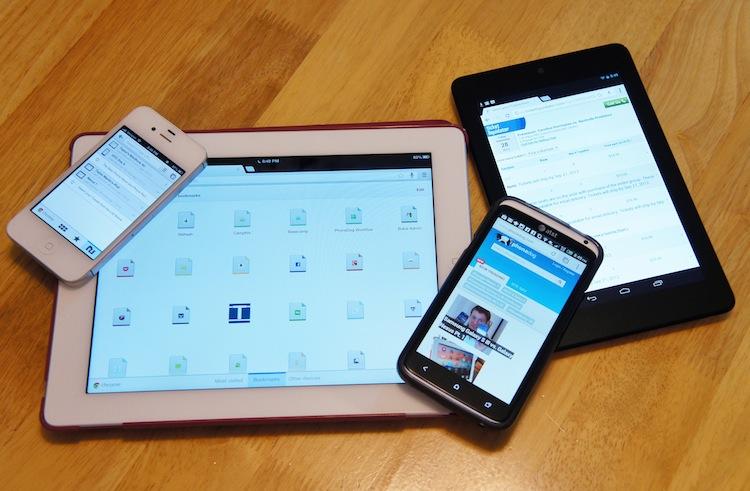
Making the fifth Google-based application (four of which were developed by Google), Chrome is my #2 iOS application. I am constantly looking up information from my phone and browsing the Web. While Chrome performance falls notably short of Safari's, the tab sync is an irreplaceable feature and, ultimately, why I choose Chrome over Safari.
I use Chrome – never Safari – on my MacBook and on my Android devices. So it only makes sense to also use Chrome on my iPhone and iPad. It just makes life easier. Plus, the gesture-based tab switching is much nicer than the age-old tab switching that requires using the very tip of my finger to hit a tiny tab, which is purposefully made small as to not waste precious display space for what is undeniably more important – Web content.
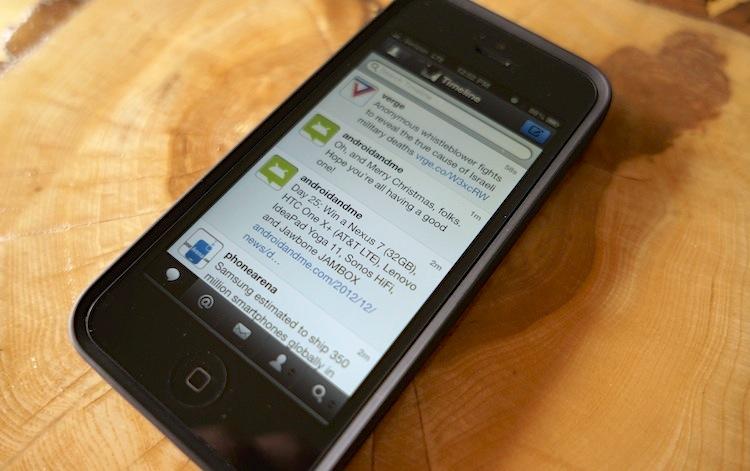
My top iOS application is one that I use more than any other, Tweetbot. I'm a Twitter fiend. And put simply, Tweetbot is as good as a Twitter client gets, especially on iOS, where great Twitter clients are a dime a dozen.
I use Tweetbot on both my iPad and iPhone. The interface is intuitive – as most Twitter clients are – and clean. Multiple account support works quite well and the integration of third-party services are what set this particular client over the top. I can save straight to Pocket from within Tweetbot, or login to my Bitly account for personalized URL shortening.
Tweetbot is very nearly perfect … for me.